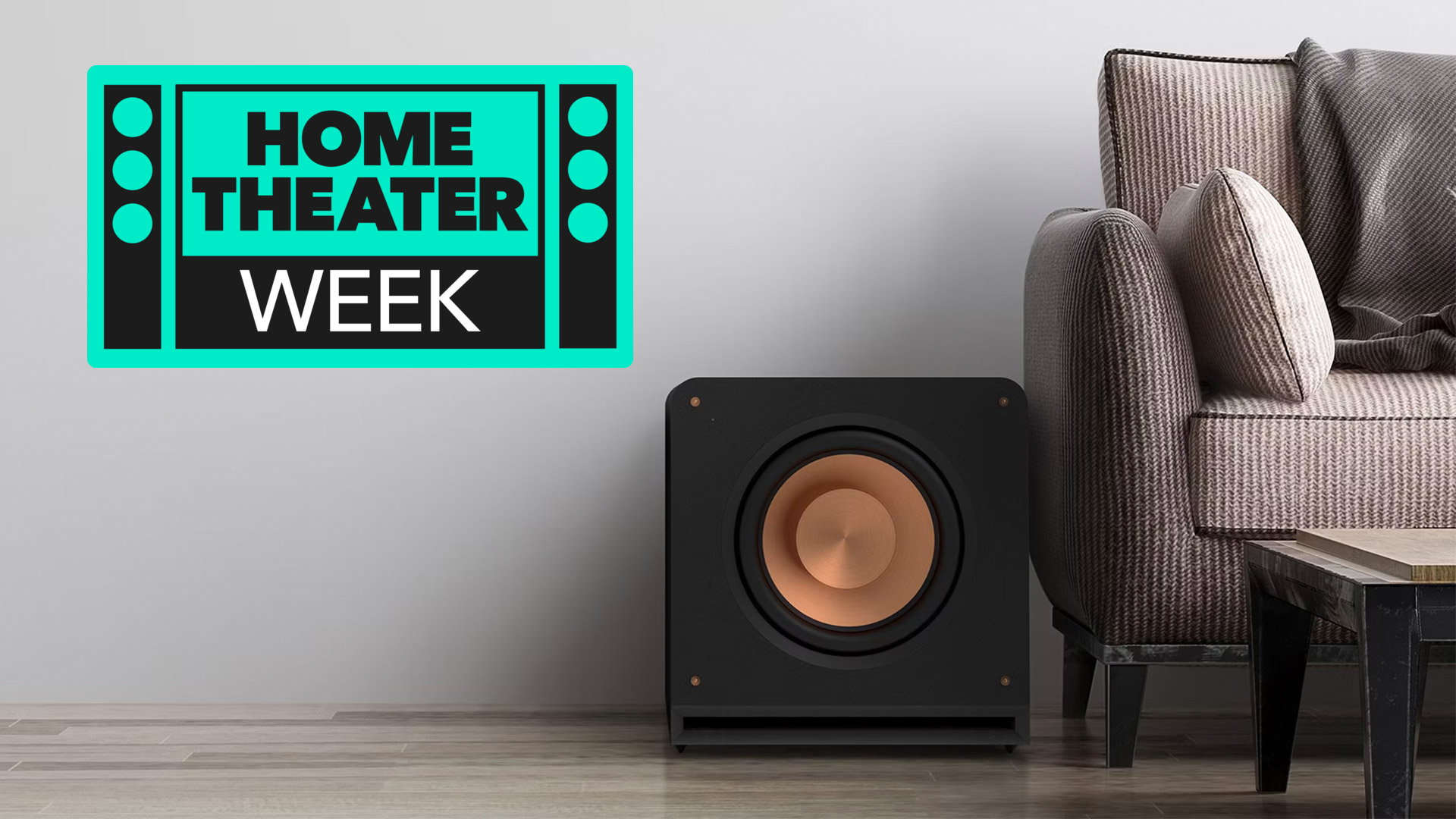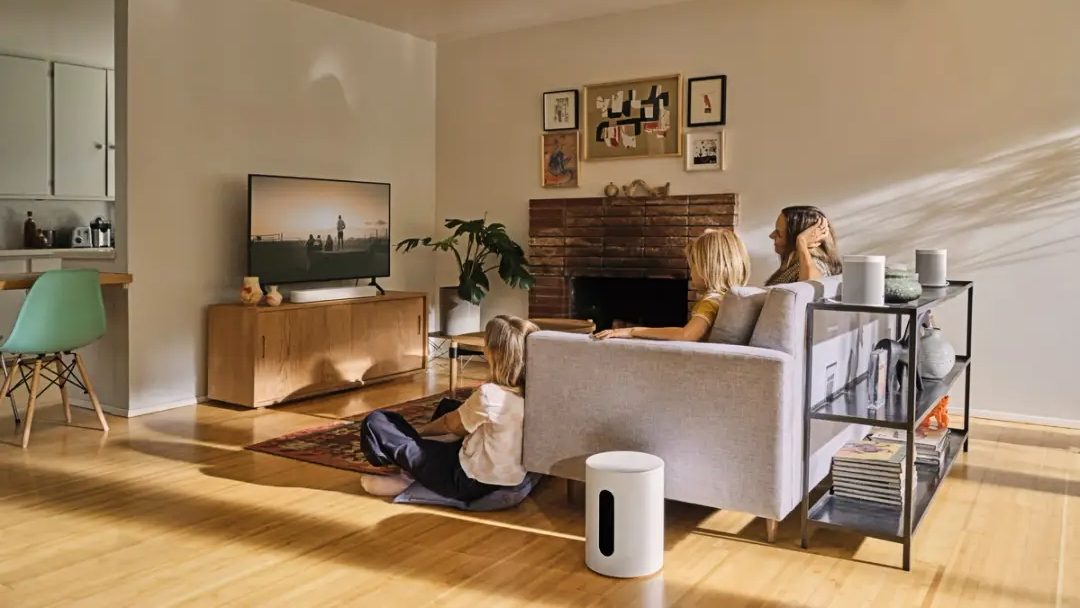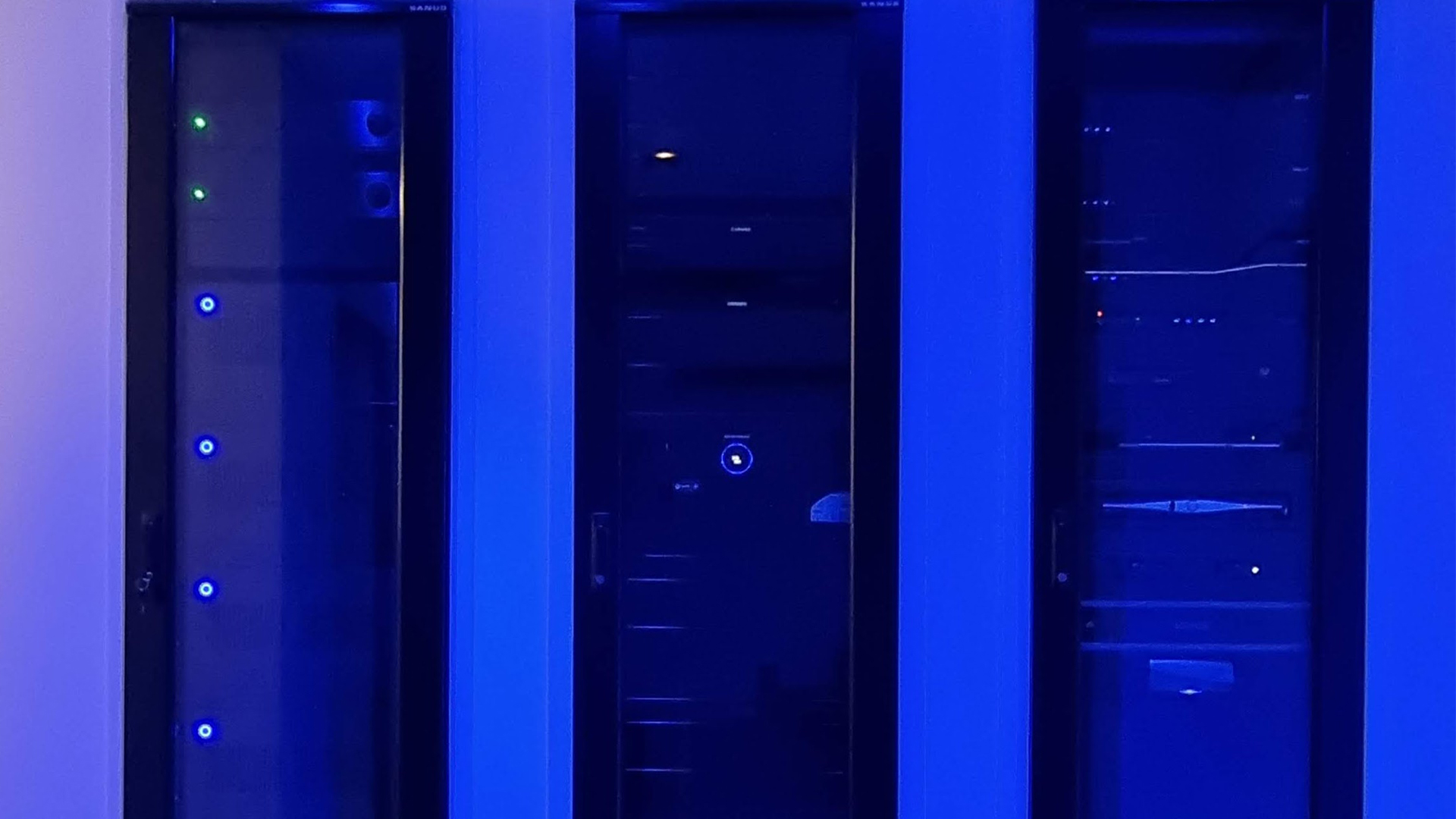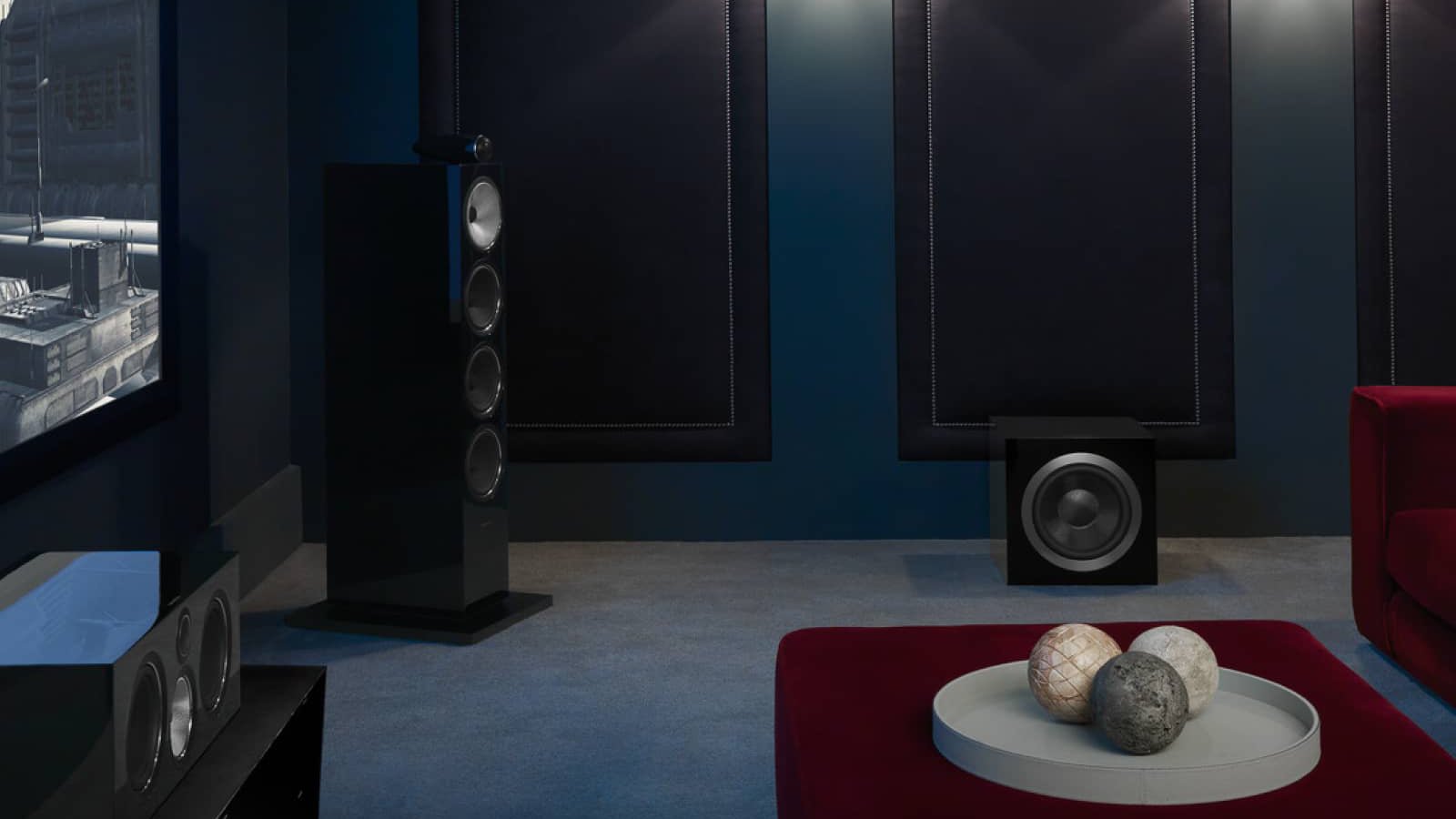Why your dream home theater isn't complete without multiple subwoofers
A subwoofer isn’t just about banging bass

Subwoofers are essential to the best surround sound system. They’re what makes the stage shake at concerts and festivals, and are behind the booming explosions that make you jump at the cinema. These examples are of course at a very large scale but the same level of sound engineering applies to a smaller space. What you might not have realised is that bass is hard to control, which makes it difficult to deliver and maintain an equal sound level output, and this is where more subwoofers are key.
Unlike the best stereo speakers, subwoofers are dedicated to reproducing far lower frequencies – these sound waves are lower than 250Hz, with some sub-bass frequencies dipping below the range of human hearing to lower than 20Hz. Because bass frequencies produce ultra-long sound waves, these tend to be less directional and can seem to come from everywhere at once. This is of course great, but it means that if you’re sitting at the far end of the seat aisle, you might miss out. The solution? Multiple subwoofers.
Cinemas tend to have multiple subs in their setup, with some even having one for every 700 cubic metres. I first heard this from a custom installer technician and have since had it confirmed after learning about the systems in ultra-high spec sound systems like those in Abbey Road Studios or at luxury home theaters from sound engineers.
I’ve tested out the benefits of subwoofers for myself at home by adding one to my own setup. While it was only just the one, it made such a substantial difference that I now swear by adding a subwoofer to any setup. In fact, if you’re at the start of your spatial audio journey and only own a soundbar, a subwoofer should be the first thing you add to your surround sound system instead of additional peripheral speakers.
Why more than one sub is essential

Subwoofers deliver low frequency sounds in a way that the best wireless speakers can't match. Reproducing bass requires larger, more powerful drivers plus enough amplifier power to push out large volumes of air. That's what lets you feel the thumping bass in music and movie soundtracks. Just ask any professional custom home theater installer.
Take Stuart Tickle, for example, who owns a specialist UK-based trade distributor of home technology business called AWE Europe. He tells me that, “subwoofers are essential to getting a proper home cinema experience”. At the end of the day, the .1 in 5.1 or 7.1.4 or any other surround speaker configuration refers to a dedicated subwoofer channel.
“But it is not just about getting more bass all the time, it is about getting bass when the director intended it. There is 1 subwoofer channel but that is different from how many subs you may choose to use.” What he means by the way “a director intended it” is the placement and steering of audio effects in a soundtrack, which is done in the mixing room to specify the exact location of certain audio elements to ensure that when a helicopter flies above your head, you hear the propeller blades from above.
Get daily insight, inspiration and deals in your inbox
Sign up for breaking news, reviews, opinion, top tech deals, and more.
After a series of tests, AWE discovered that instead of focusing on adding more speakers, they could get much more closer to that completely immersive experience for every seat in a home theater by adding more subwoofers.
Passive or active subwoofers?

Although, you can’t just throw together a bunch of subwoofers and expect it to all work in harmony. The brains behind any home sound system is just as important, which is why amplifiers or the best AV receivers play such a big part. “It is quite easy to get a lot of bass. What is much harder is getting tight, controlled bass, which comes down to the products as well as system design.”
This comes down to the type of subwoofer it is. There are several variations out there but the two main types are passive and active. The main difference between these is that an active design has a built-in amplifier, while a passive subwoofer relies on external amplifiers.
If you end up going with a passive subwoofer, you'll require cables to run it to amplifiers and this is where you start finding that a dedicated control room is key to making sense of all the cords.
Then of course there's the various different types of ways to integrate a subwoofer into your home. You can either have them freestanding in the centre of the room or there's the more high-end option of installing them into your walls, which is what is known as an integrated solution.
The beating heart of sound

You know that feeling you sometimes get in the cinema, when the hairs on your arm all stand up and you get goosebumps? That for me comes down to the rumble you hear during scenes – one from Christopher Nolan’s Oppenheimer comes to mind as he uses this earthquake shaking noise in an otherwise silent scene to build emotive tension.
This visceral experience wouldn't be achievable without multiple subwoofers as some seats at the cinema would hear loads of bass, while others would hear very little. Because the sound waves aren't as absorbable, as we explained above, you'll get peaks and null spots in the room. Adding multiple subwoofers solves this.
They may require a lot of energy to power the larger drivers inside of them, but the added effect is extremely noticeable. At the end of the day, subwoofers are the beating heart of any audio.
You might also like

Amelia became the Senior Editor for Home Entertainment at TechRadar in the UK in April 2023. With a background of more than eight years in tech and finance publishing, she's now leading our coverage to bring you a fresh perspective on everything to do with TV and audio. When she's not tinkering with the latest gadgets and gizmos in the ever-evolving world of home entertainment, you’ll find her watching movies, taking pictures and travelling.